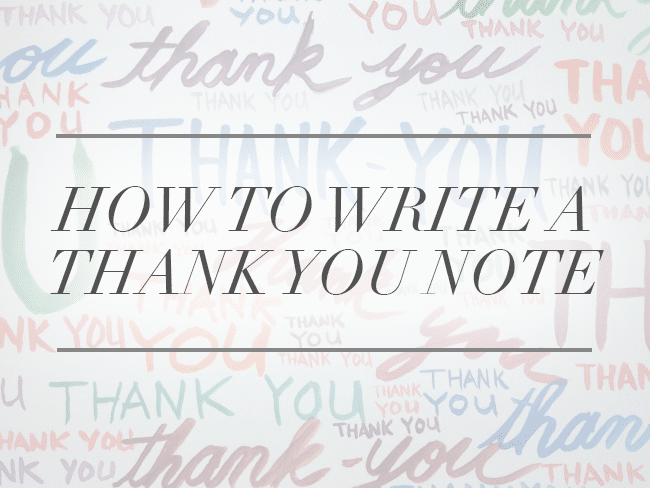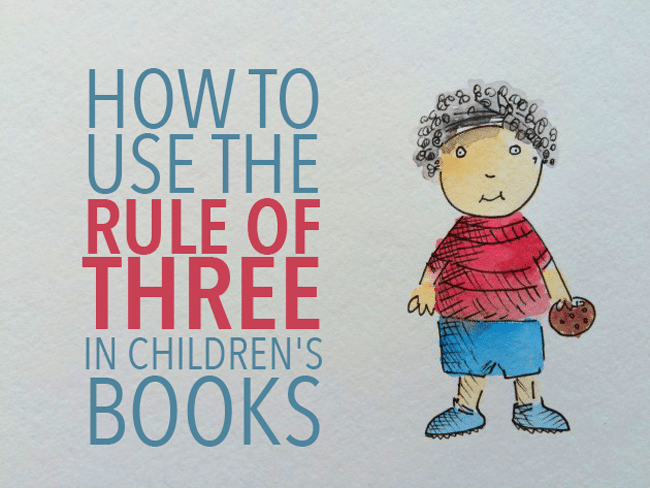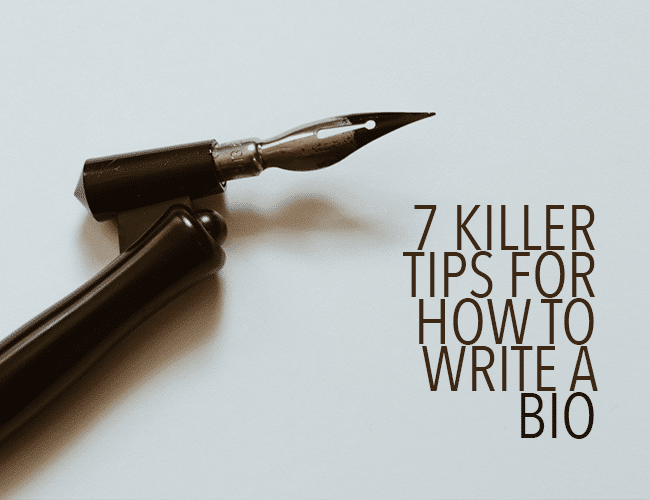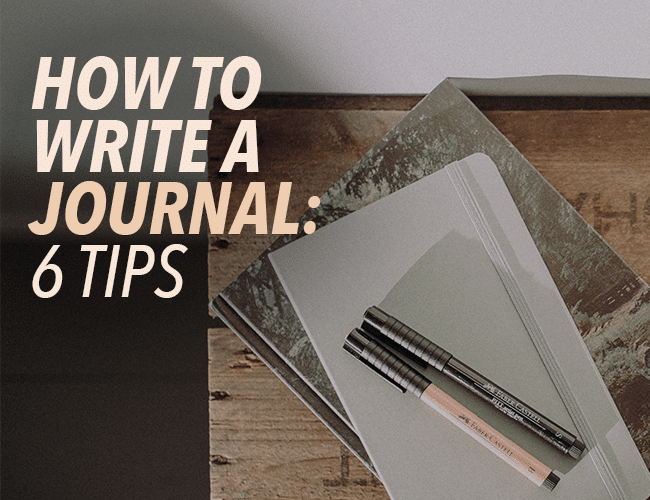
How to Write a Thank You Note (a Real One)
Handwritten notes are like sending a hug through the mail. They have personality and character, attributes a computer screen will never have. Let me show you why, when, and how to write a thank-you note.

Handwritten notes are like sending a hug through the mail. They have personality and character, attributes a computer screen will never have. Let me show you why, when, and how to write a thank-you note.

Interesting things come in threes. There are three little pigs, not four. Three kittens lost their mittens, Goldilocks and the three bears, three musketeers. You might even say “three is a magic number.”
If you’re a writer, especially a children’s book author, you should be using the rule of three in your writing. In this post, we’ll talk about how.

You have just opened your email from the magazine you submitted your article to. You read the email you have been hoping for and dreaming of: “Hey there, we want to publish your article. Please reply with a fifty-word killer bio. We will post it at the end of your article. You can include up to three links.”
Wow, your writing has been accepted! Now you have to say who you are.
Writing your biography can seem almost as challenging as writing the piece you submitted. But it is a necessary part of publishing your writing. How will your readers know who wrote your wonderful article if you do not tell them?

Do you keep a journal? I do. It is how I remember the travels I’ve taken, the life experiences I’ve enjoyed, and the litter boxes I’ve cleaned.
We are writers, and so it is even more helpful for us to journal. Not sure yet? Let me share with you some tips from my journaling experience.

Master storytellers often use allusion to add richness or depth and to let readers make deeper connections to a story. Let’s look at a definition, some allusion examples, and how to use allusion in your own writing.